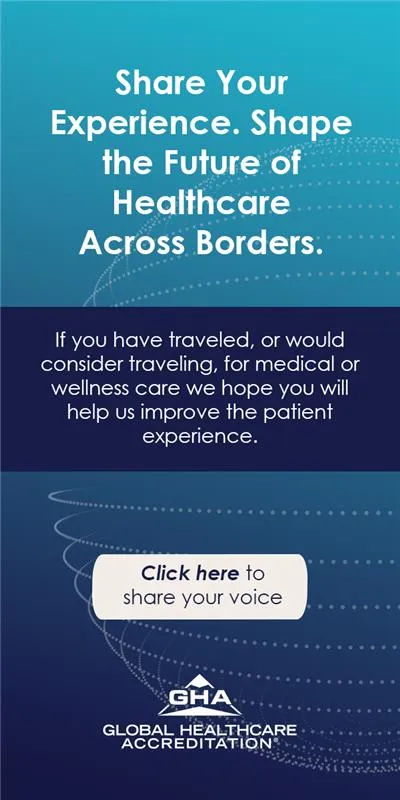Achieving Joint Commission International (JCI) accreditation is a significant milestone for healthcare organizations seeking to enhance their quality of care and operational efficiency. The process is rigorous, demanding a comprehensive review of various aspects of healthcare delivery. Understanding the common challenges and implementing effective strategies to address them can make a substantial difference in successfully obtaining and maintaining accreditation.
Understanding JCI Accreditation
JCI accreditation is a prestigious recognition awarded to healthcare organizations that meet international standards for quality and safety. The accreditation process involves a thorough evaluation of clinical, administrative, and organizational practices. This evaluation ensures that the organization provides safe, effective, and patient-centered care while adhering to global best practices.
Common Challenges in Preparing for JCI Accreditation
- Lack of Understanding of JCI StandardsOne of the primary challenges is a lack of comprehensive understanding of JCI standards and requirements. These standards cover a wide range of areas including patient safety, infection control, and staff competency. Organizations often struggle with interpreting these standards and implementing them effectively.
- Solution: Invest in training and education for staff at all levels. Understanding the specific requirements and how they apply to your organization is crucial. Consider engaging with experts or consultants who specialize in JCI accreditation to guide your team through the process.
- Inadequate Documentation and Record-KeepingAccurate and thorough documentation is essential for demonstrating compliance with JCI standards. Many organizations face difficulties in maintaining comprehensive records of procedures, policies, and patient care.
- Solution: Develop a robust documentation system that includes clear guidelines for record-keeping. Regular audits and reviews of documentation practices can help identify gaps and ensure that records are complete and up-to-date. Implementing electronic health records (EHR) systems can streamline this process and improve accuracy.
- Staff Resistance to ChangeImplementing new practices or modifying existing ones to meet JCI standards can meet with resistance from staff. Change management is a crucial aspect of the accreditation process, as staff must adapt to new procedures and policies.
- Solution: Foster a culture of continuous improvement and emphasize the benefits of accreditation for both staff and patients. Involve staff in the planning and implementation phases to gain their buy-in and address any concerns they may have. Providing training and support throughout the transition can also help ease resistance.
- Resource ConstraintsPreparing for JCI accreditation requires substantial resources, including time, financial investment, and personnel. Smaller organizations or those with limited budgets may find it challenging to allocate the necessary resources.
- Solution: Develop a detailed plan and budget for the accreditation process. Prioritize key areas that require investment and consider phased implementation to spread costs over time. Seek financial assistance or partnerships if needed, and leverage existing resources as effectively as possible.
- Maintaining Compliance Over TimeAchieving accreditation is just the beginning. Maintaining compliance with JCI standards is an ongoing challenge. Organizations must continuously monitor and improve their practices to ensure they remain in line with accreditation requirements.
- Solution: Establish a dedicated team responsible for ongoing compliance and quality improvement. Regularly review and update policies and procedures to reflect any changes in standards or best practices. Conduct internal audits and encourage a culture of feedback and continuous improvement to address any issues promptly.
Strategies for Successful Accreditation Preparation
- Conduct a Gap AnalysisBefore starting the accreditation process, perform a thorough gap analysis to identify areas where your organization may fall short of JCI standards. This analysis will help you prioritize areas that need improvement and allocate resources more effectively.
- Develop a Comprehensive Action PlanCreate a detailed action plan that outlines specific steps, responsibilities, and timelines for addressing identified gaps. Regularly review and update the plan to ensure that it remains relevant and effective.
- Engage in Mock SurveysConduct mock surveys to simulate the accreditation evaluation process. This practice can help identify potential issues and prepare your team for the actual survey. Use the feedback from these mock surveys to make necessary adjustments and improvements.
- Foster a Culture of Quality and SafetyPromote a culture that prioritizes quality and safety throughout your organization. Encourage staff to take ownership of quality improvement initiatives and create an environment where continuous improvement is a shared goal.
- Leverage TechnologyUtilize technology to streamline processes, enhance documentation, and improve communication. Implementing advanced tools and systems can support your organization in meeting JCI standards more effectively and efficiently.
In conclusion, preparing for JCI accreditation involves navigating a range of challenges, from understanding complex standards to managing resources and maintaining compliance. By recognizing these common obstacles and implementing practical solutions, healthcare organizations can enhance their readiness for accreditation and ultimately achieve higher standards of care and operational excellence. With careful planning, dedicated resources, and a commitment to continuous improvement, the journey towards JCI accreditation can lead to significant benefits for both patients and staff.
Streamline your accreditation preparation process today with GHA Clinical Education Services.













